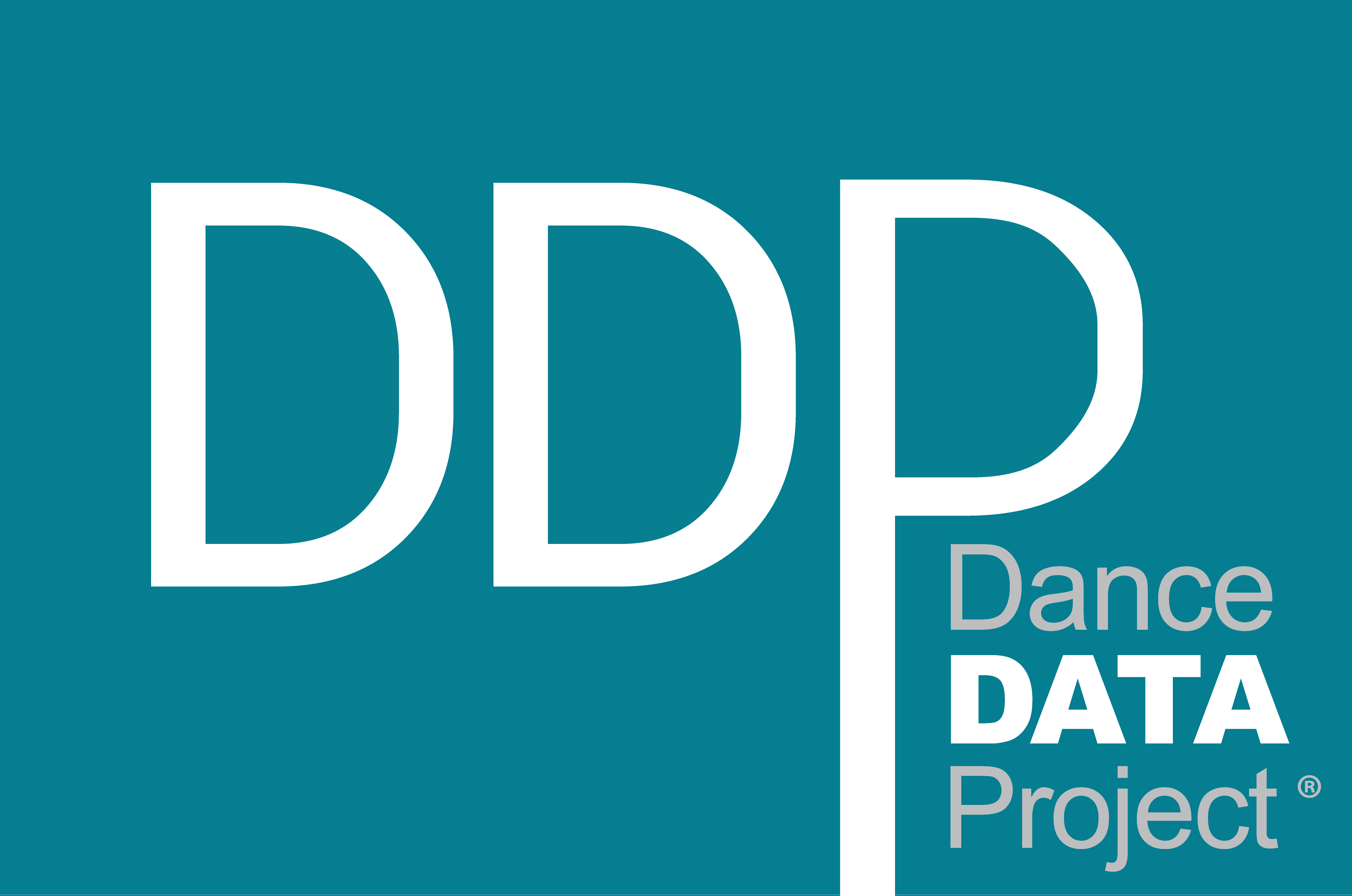Continuing the Conversation: DEFYING TRADITION WITH PRIDE
"The Devil Ties My Tongue" by Amy Seiwert performed for the SKETCH Series, 2013. Photo by David DeSilva. Courtesy of Amy Seiwert's Imagery
April 30th: South Arts: Professional Development & Artistic Planning Grants, April 30th: South Arts: Express Grants, May 6th: Doris Duke Foundation Grant, May 7th: South Arts Individual Artist Career Opportunity Grant, May 27th: Dancemakers Residency, June 1st: Miami DanceMakers
×
"The Devil Ties My Tongue" by Amy Seiwert performed for the SKETCH Series, 2013. Photo by David DeSilva. Courtesy of Amy Seiwert's Imagery
By Adriana Pierce
27 June 2019
One sunny morning, several years ago, I was walking down Ocean Drive holding hands with a woman. I was dancing with Miami City Ballet at the time, and it was a much-needed day off. We strolled down the iconic South Beach strip, and a man sitting on the porch of a hotel began yelling obscenities at us. This is not an unusual experience for two young women walking down a city street, so it took me a few moments to realize that he was actually spewing homophobic slurs at us. We are taught to keep our heads down and walk faster in these situations, but this man took our lack of response personally and turned his slurs into hostile threats and insults while we quickened our pace. He advanced towards us as we passed, and his shouts culminated in one last biting put-down: “Oh, I bet your mother is really proud of you.”
Not all of my experiences as a queer woman have been as blatantly hostile, but working as one of the only openly queer women in professional ballet has certainly been far from easy. Ballet has always been entrenched in tradition. While this may serve to uphold a technical standard, rigid conformity makes it difficult for the artform to evolve, especially when it comes to expressing sexual identity and presenting gender equality. Just over a year ago, choreographer Alexei Ratmansky stated, “there is no such thing as equality in ballet… and I am very comfortable with that.” Along with this comment, he included a photoshopped picture of a classical ballerina supporting a male dancer high above her head with one arm, and some remarks about how men should do the lifting and escorting and women should dance on pointe, “not the other way around.”
Understandably, these statements made by such a high-profile choreographer sent ripples throughout the ballet community. It is his prerogative to perpetuate outdated and arguably harmful gender stereotypes in his own work, and he will be responsible for the fallout of those choices. The problem comes when we allow this narrow-minded thinking to shape the conversation that we all need to be having about ballet’s future. When did art become something that should be comfortable? Adhering to tradition is not so important that it is worth alienating the people and stories that might encourage ballet to grow and remain culturally relevant. I believe in ballet’s ability to preserve its integrity while also serving as an essential cultural voice, but in order to do that we must embrace diversity and explore the boundless potential of the art form instead of its limits. Ballet will survive without the sexism, homophobia, and stifling reliance on normative gender presentation – and I can say that with confidence because, as a queer woman who has experienced all of those things, my very existence in this professional space directly challenges established thinking.
Read the full piece here.
Reach out to us to learn more about our mission.
"The Devil Ties My Tongue" by Amy Seiwert performed for the SKETCH Series, 2013. Photo by David DeSilva. Courtesy of Amy Seiwert's Imagery

 The Patriot Ledger: Boston Ballet’s ‘The Nutcracker’ leaps onto TV this...
The Patriot Ledger: Boston Ballet’s ‘The Nutcracker’ leaps onto TV this...
Leave a Reply
Want to join the discussion?Feel free to contribute!